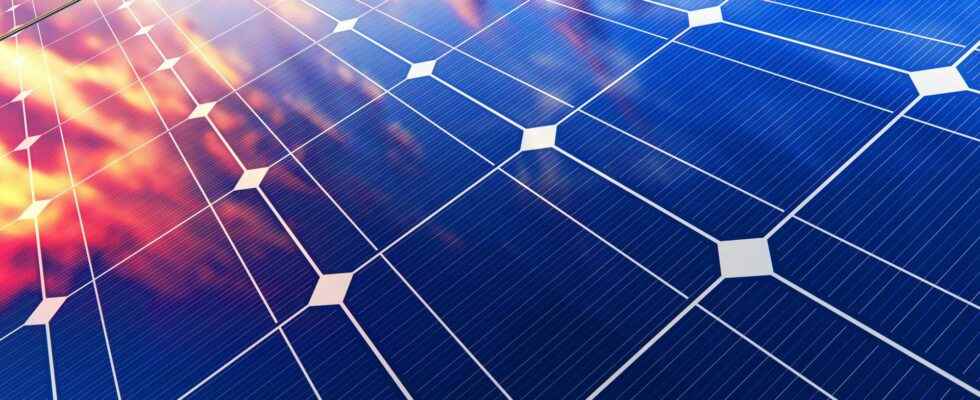Researchers have succeeded in modifying solar panels to generate electricity at night. Although the production is lower, it would allow isolated sites to use low-power equipment without depending on batteries.
You will also be interested
[EN VIDÉO] Could solar energy be the main source of energy? In 2014, the share of solar photovoltaic in the French electricity mix did not exceed 1.3% (France Territoire Solaire figure). How then could solar energy become our main source of energy? Marion Perrin, doctor in electrochemistry, shares with us her point of view on the question.
Solar panels are one of the main sources ofrenewable energies. Their biggest flaw is not producing power at night. Most often, this production is mixed with other sources that compensate for this weakness, but this is not always possible for installations that are not connected to the electrical network. Remote locations must then rely on batteries charged during the day, which are expensive and have a duration limited life.
Researchers at Stanford University wanted to solve this problem by creating solar panels which produce electricity at night. In an article published in the journal Applied Physics Lettersthey describe their prototype consisting of a solar panel standard to which they added a thermoelectric generator.
Night production for isolated sites
For a night without cloudsthe solar panel evacuate her heat straight to space, a phenomenon that makes it slightly colder than theair ambient. the generator thermoelectric uses this temperature difference to produce current. This technique generates only 50 milliwatts of current per square meter, an amount that may seem ridiculous. However, a classic installation on a 20 m² house would already produce a watt the night.
The researchers think they can double the yield with a few modifications, and estimate that the maximum theoretical yield could reach one or two watts per square meter. Their invention would allow isolated installations to do without batteries and produce enough energy to charge a smartphone or power a LED lighting low consumption.
Interested in what you just read?
